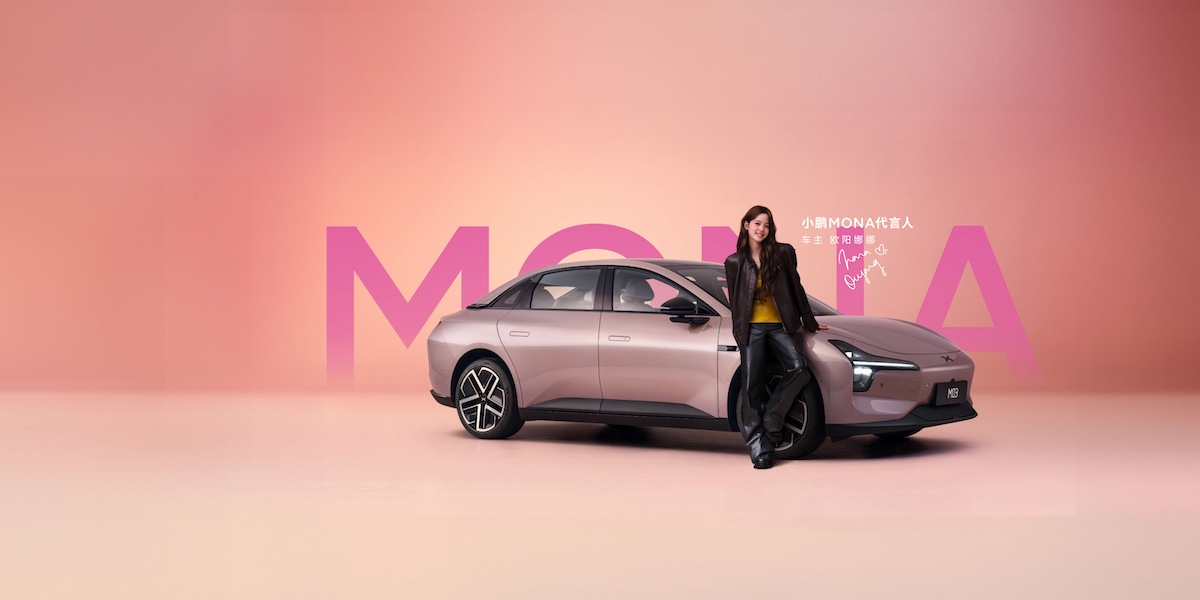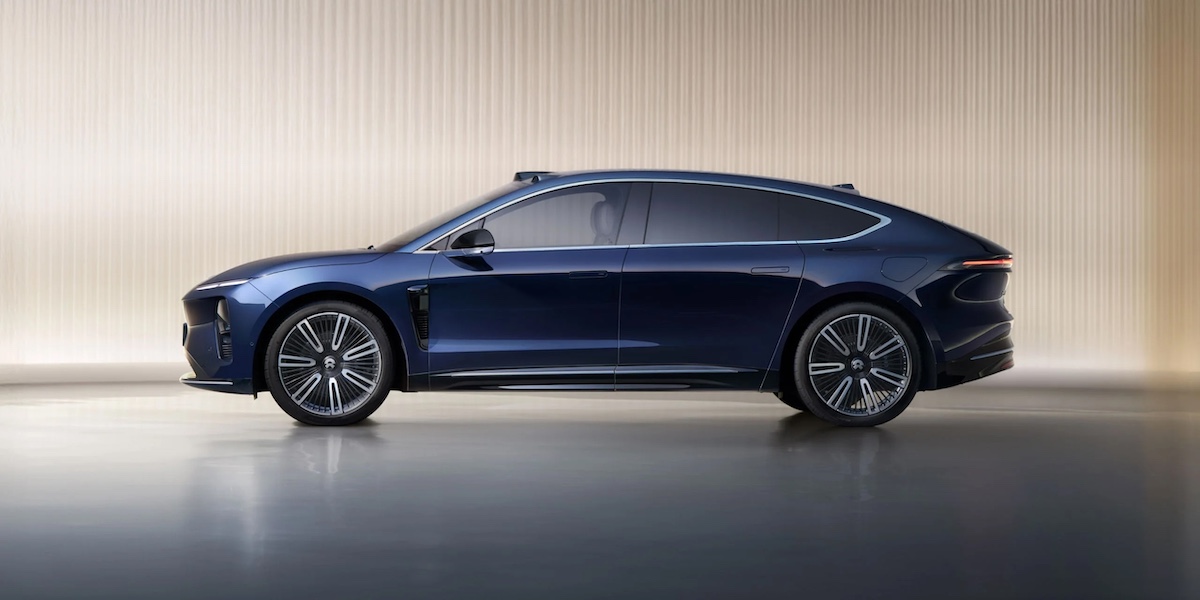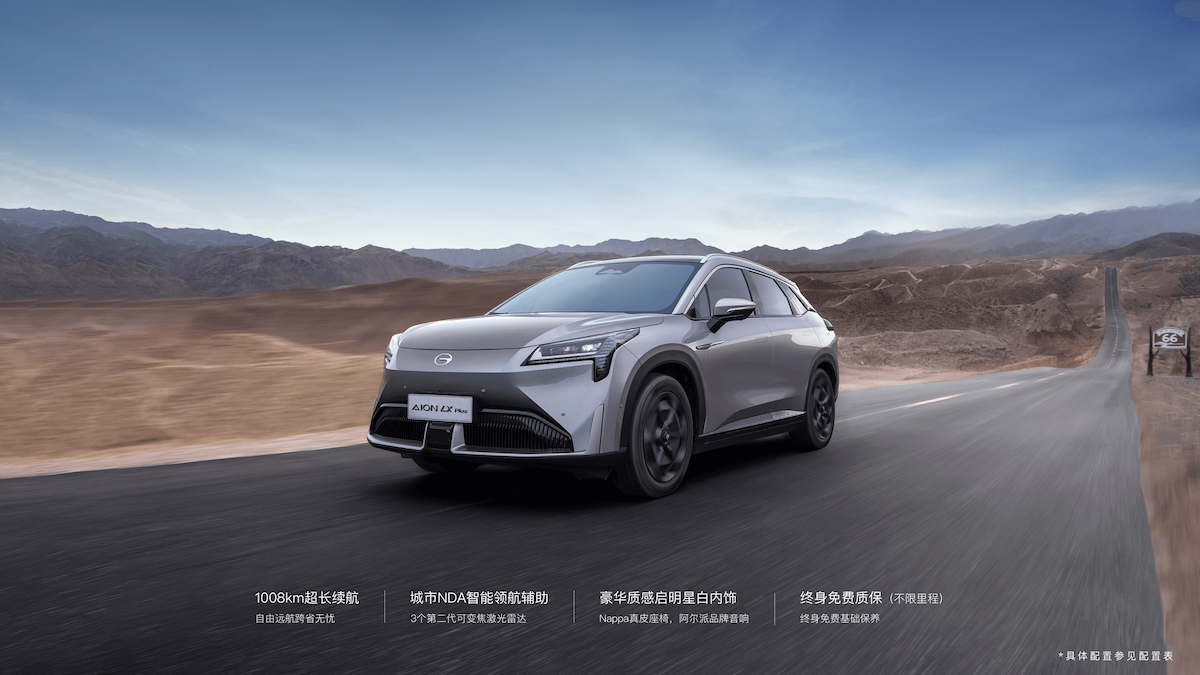The State Council meeting, chaired by Premier Li Qiang, emphasized the need to adopt comprehensive short- and long-term measures to promote “high-quality development” of the EV industry. At the same time, the government called on major automakers to fulfill their payment obligations to supply chain partners, and to enhance their competitiveness through technological innovation and product quality improvements. This move reflects not only the government's high level of attention to the issue but may also signal a major turning point for the next phase of development in China’s EV market.

Although the authorities have not explicitly defined what constitutes “irrational competition,” the term is widely understood within the industry to refer to aggressive price-cutting, subsidized promotions, and cutthroat tactics to gain market share. While these strategies may temporarily boost sales, they often erode company margins, compress R&D and after-sales service budgets, and even cause funding disruptions in the supply chain—ultimately undermining the industry’s sustainable development. According to a Reuters report, since 2019, some Chinese EV makers have even resorted to exporting brand-new vehicles overseas under the guise of “used cars” to relieve domestic oversupply, highlighting a growing imbalance between supply and demand.

Over the past year, the China Society of Automotive Engineers and numerous industry executives have repeatedly called for a shift away from price wars toward competition based on technology and quality, to prevent a scenario where inferior players drive out better ones. The State Council’s clear stance this time serves as a much-needed policy signal for the industry and could have far-reaching implications for corporate strategy.

With policy direction now clearly articulated, China’s EV market appears poised to transition from a “price-driven” phase to a more refined stage focused on “quality-driven” growth. Industry leaders such as BYD, NIO, and XPeng, equipped with proprietary technologies and economies of scale, are better positioned to thrive under the new policy framework. In contrast, smaller players with limited technological reserves may find their survival increasingly precarious unless they can quickly build a unique competitive edge.

The same State Council meeting also addressed the need to “systematically eliminate unreasonable restrictions that hinder household spending” and further optimize the country’s “trade-in” program for durable consumer goods. This indicates the government’s intention to stimulate automotive consumption from the demand side. If effectively implemented, these policies could inject new momentum into the EV industry, which has been caught in an involution cycle, and help mitigate the risks associated with an overreliance on exports.

In conclusion, China’s EV industry now stands at a critical crossroads of transformation. The latest round of policy intervention not only underscores the government’s commitment to market order and sustainable development but also foreshadows a deep structural reform—from a phase of quantitative expansion to one of qualitative enhancement. For the industry, the coming years will mark a transitional period from rapid growth to strategic consolidation, with regulatory pressure, competitive dynamics, and technological innovation becoming the three decisive factors shaping future success.